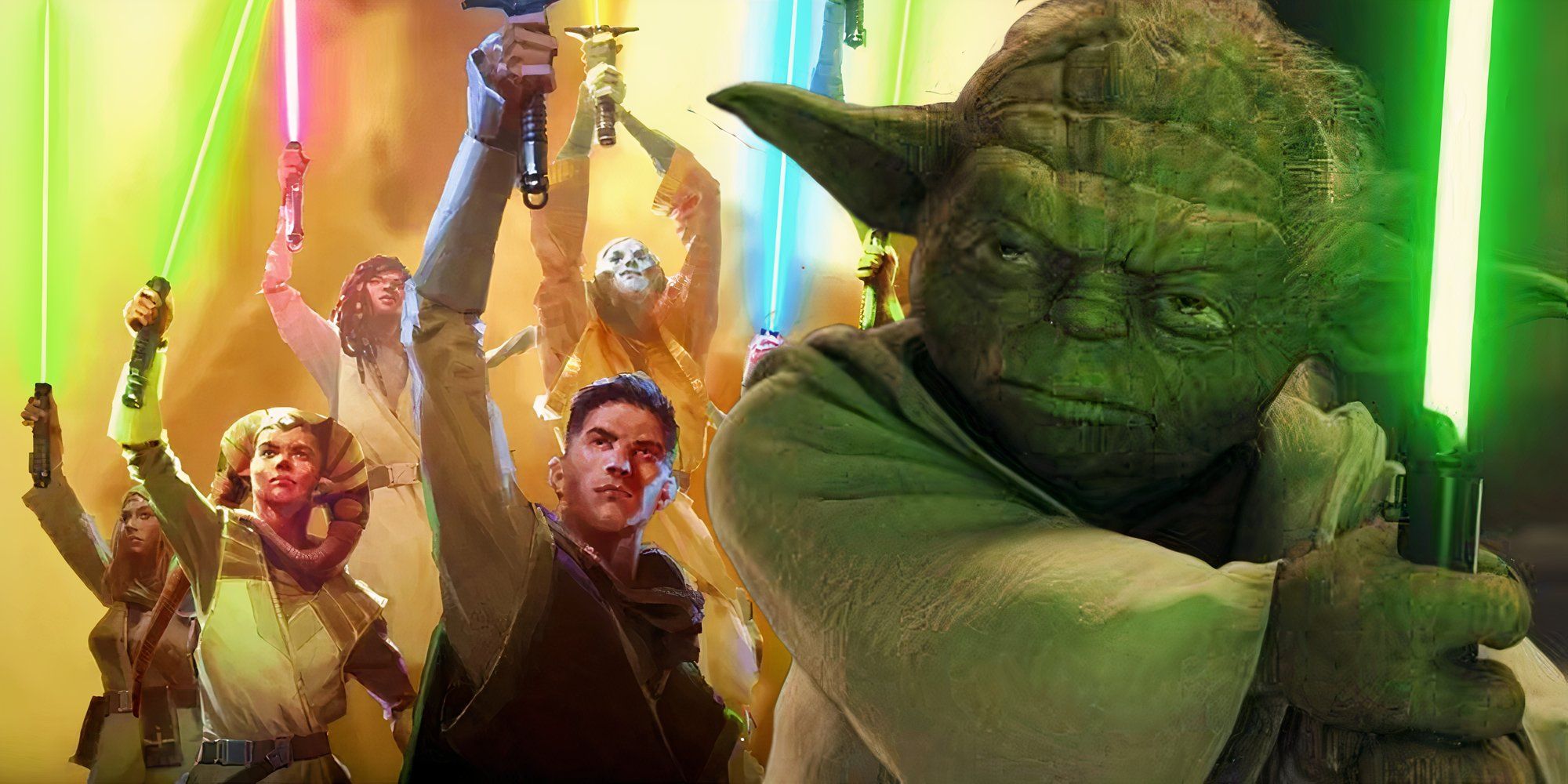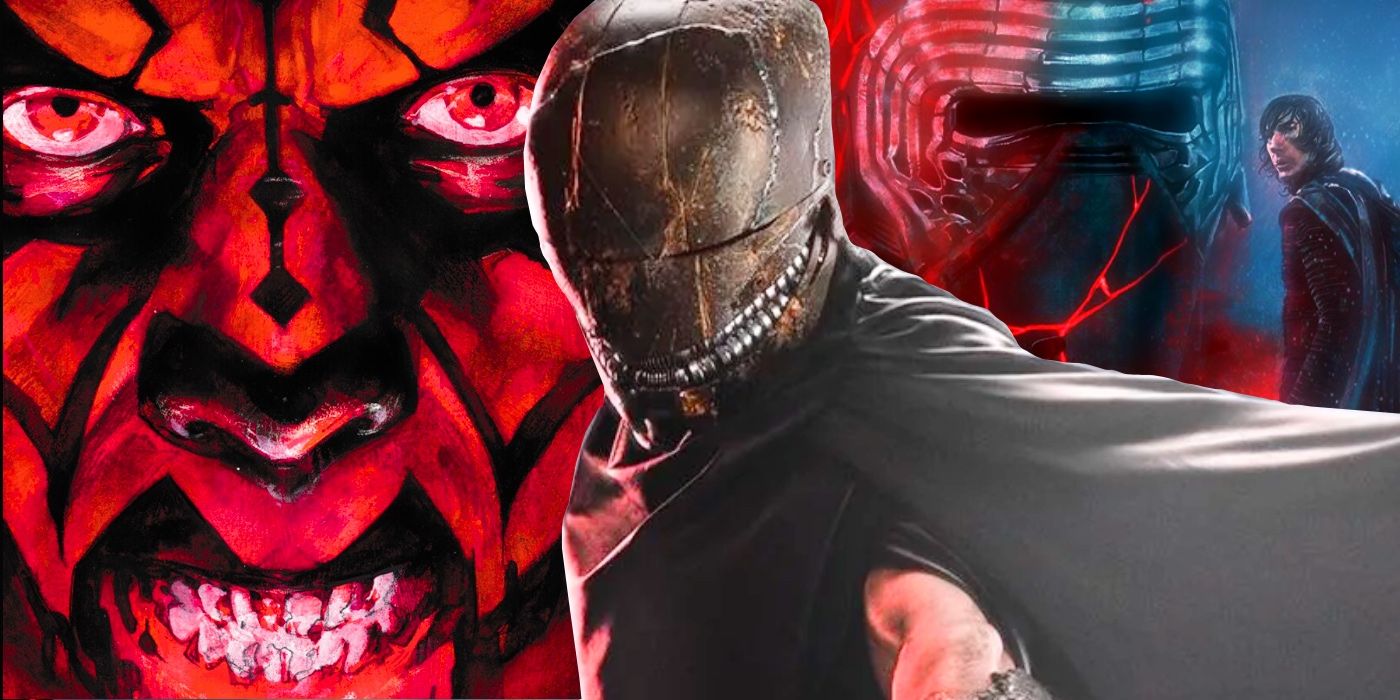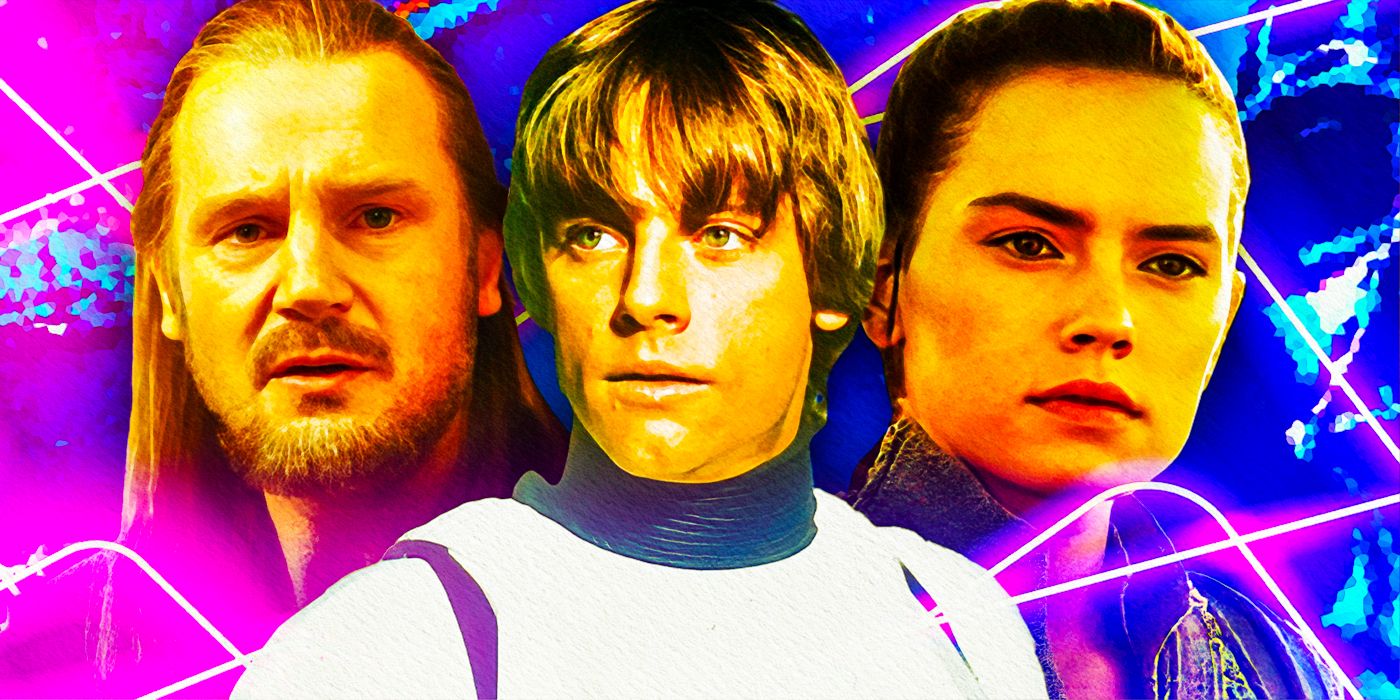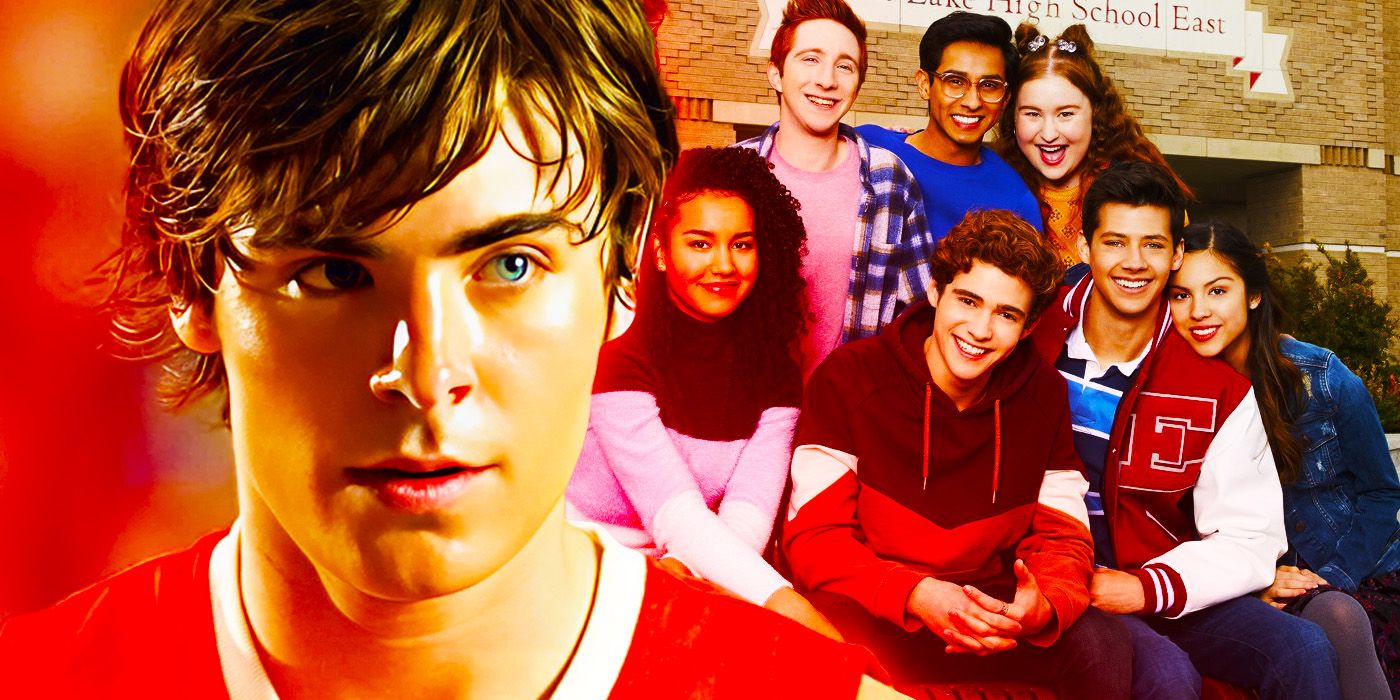Ridley Scott’s Blade Runner is a hugely influential masterpiece of sci-fi cinema, but rewatching it today, 42 years after its initial release, it’s not all roses. Adapted from Do Androids Dream of Electric Sheep? by Philip K. Dick, Blade Runner takes place in a dystopian, futuristic Los Angeles full of escaped cyborg slaves known as “replicants,” who have infiltrated human society. Harrison Ford stars as Rick Deckard, a grizzled detective who’s sent to identify the replicants and terminate them. Along the way, he begins to see that robots have feelings, too, and even questions his own humanhood.
For nearly half a century, Blade Runner has been considered a quintessential sci-fi film. Scott’s movie combined the existentialist themes of science fiction with the timeless tropes and conventions of film noir. There are many things to admire in Blade Runner: the breathtaking visuals, Vangelis’ mesmerizing musical score, Rutger Hauer’s captivating turn as the villainous Roy Batty. These things all still hold up today, but there are other parts of Blade Runner that haven’t stood the test of time.
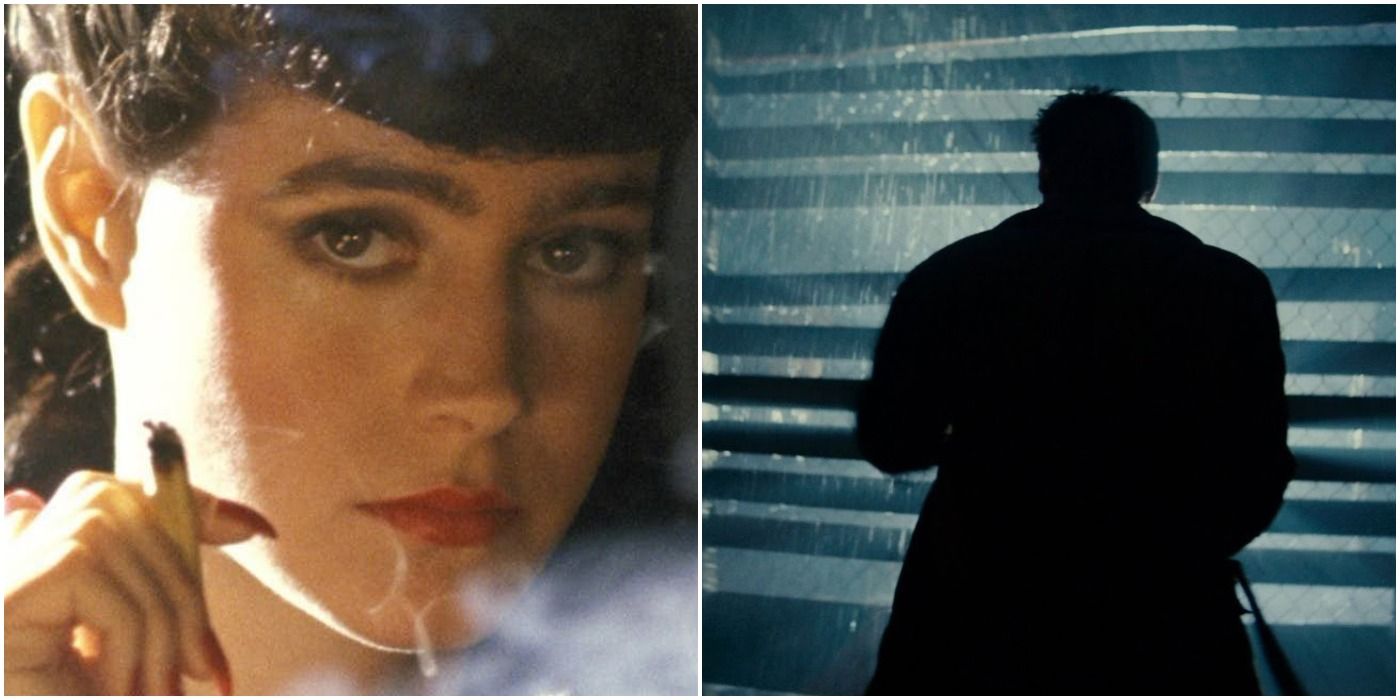
Related
Blade Runner: 10 Tropes Of Film Noir (& How It Puts A Sci-Fi Twist On Them)
Blade Runner, pioneered the merging of neo-noir with science-fiction elements, resulting in a truly cinematic masterpiece starring Harrison Ford.
10
Blade Runner’s Slow, Cerebral Pacing Gets Pretty Boring At Times
The movie’s slow pace earned it the nickname “Blade Crawler”
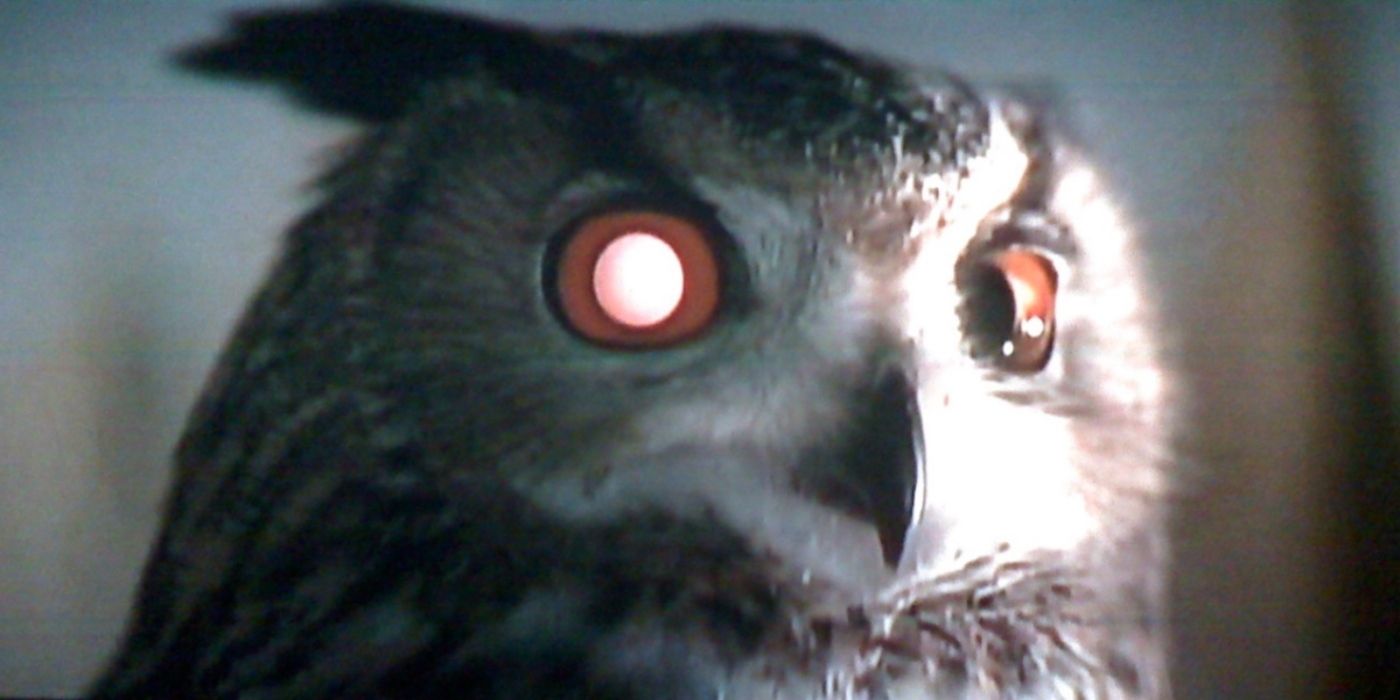
The pacing of Blade Runner is so interminably slow that Los Angeles Times critic Sheila Benson dubbed it “Blade Crawler.” On one hand, the film’s patient, cerebral pacing could be viewed as contemplative and thought-provoking, but on the other hand, it could be considered dull and boring. This slow pacing sticks out even more on a rewatch now because, as audiences’ attention spans have gotten shorter, movies have gotten even faster-paced. Blade Runner was already slow by ‘80s standards, but it’s especially slow by 2024 standards.
9
Rick Deckard Isn’t A Very Likable Protagonist
Despite Harrison Ford’s best efforts, Deckard is pretty unlikable
Harrison Ford is responsible for bringing two of the silver screen’s most iconic heroes to life – daring adventurer Indiana Jones and Star Wars’ roguish space pirate Han Solo – but, unfortunately, he couldn’t work the same magic with Blade Runner’s Rick Deckard. Deckard is characterized as a futuristic version of hard-boiled detectives like Sam Spade and Philip Marlowe. But he’s not a complex antihero like those characters; he’s just not a very good person. He has the makings of a great character, but there’s not much depth to Deckard beyond his relentless cynicism.
8
Blade Runner Doesn’t Have As Much Action As Its Premise Would Suggest
For a movie about a cop chasing robots, Blade Runner isn’t very action-packed
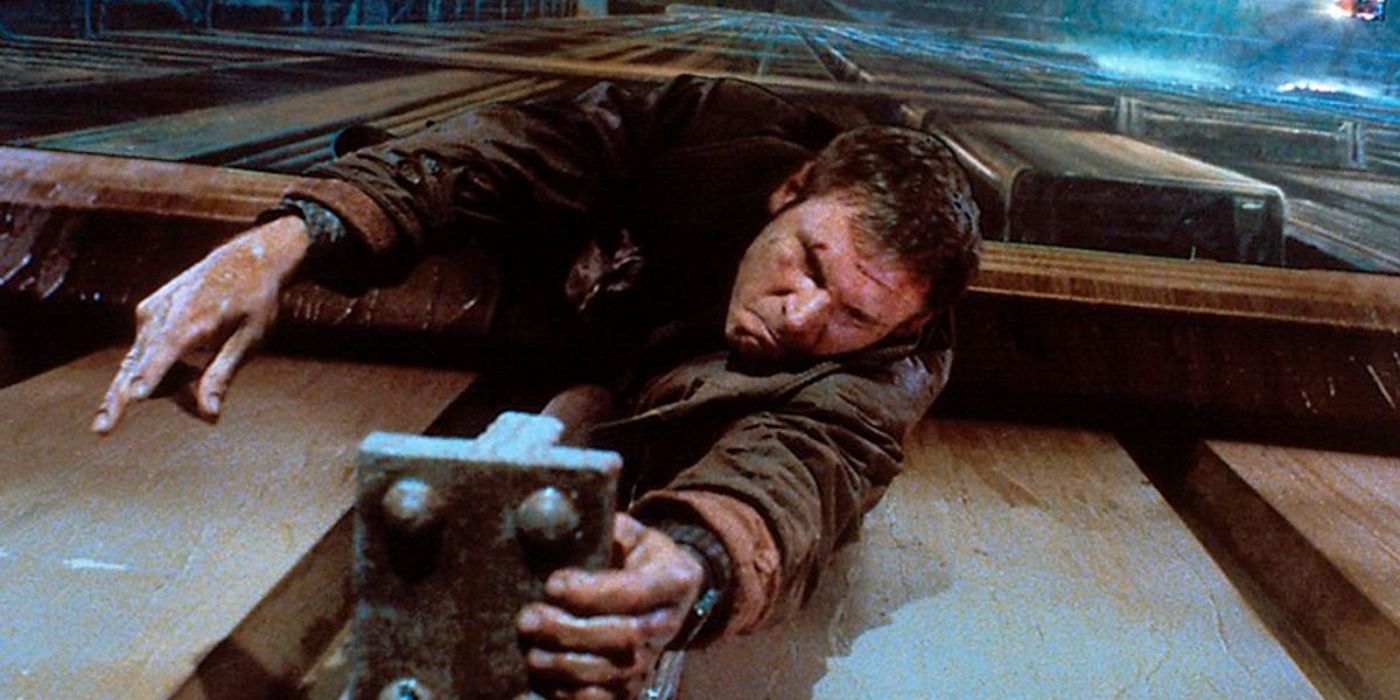
The elevator pitch for Blade Runner is that it’s about a cop chasing robots in the future, but the actual movie is nowhere near as action-packed as that premise would suggest. There are a couple of action scenes, but Blade Runner can’t be described as an action film – it’s a detective noir in a futuristic setting. Blade Runner is nothing like other ‘80s sci-fi actioners like RoboCop and Escape from New York; it has more in common with The Maltese Falcon and Strangers on a Train, and even they have more action sequences.
7
Ridley Scott Is More Interested In Showing Off Blade Runner’s Special Effects Than Telling Its Story
Blade Runner works better as a showcase for VFX artists than a narrative
Throughout the runtime of Blade Runner, Scott is more interested in showing off the film’s incredible special effects than telling the story and digging deep into the characters. Those effects are magnificent – with cars soaring through the neon-drenched metropolis of futuristic L.A. – and they’re even impressive by today’s standards. But the movie pays too much attention to the special effects and not enough attention to the humanity at the core of the story.
6
Blade Runner’s Most Interesting Character Is Its Villain
Roy Batty is ironically more sympathetic than the “hero”
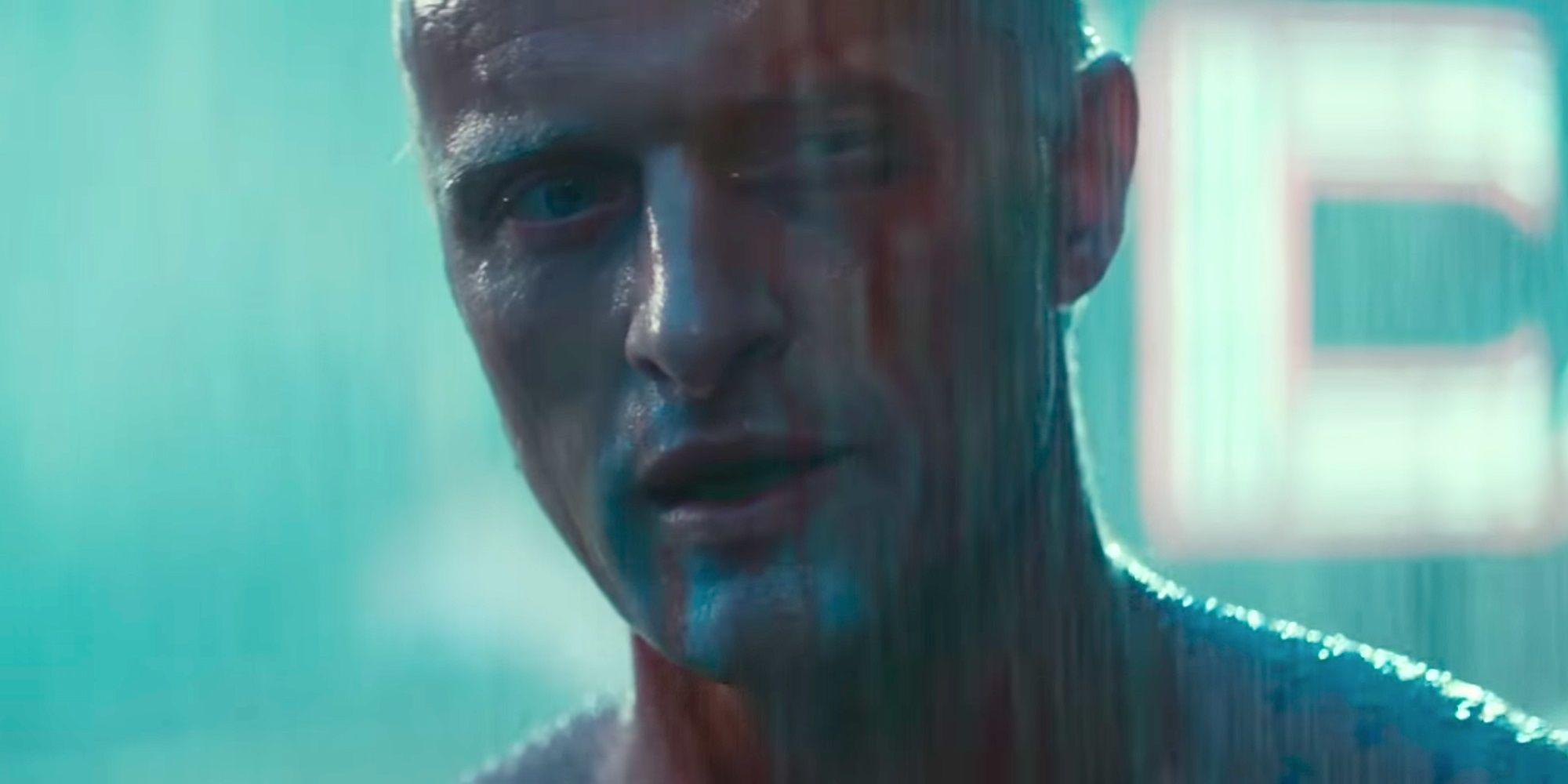
It’s easier to root for the villain of Blade Runner than the hero. Roy Batty is technically the antagonist of Blade Runner, but he’s more sympathetic than the protagonist. Batty is simply fighting for his personhood and his right to live. In many ways, Deckard is more of a villain than Batty, and that’s even more glaringly obvious on a rewatch, knowing where the story is going. His climactic “tears in rain” monologue, delivered perfectly by Rutger Hauer, solidifies Batty as Blade Runner’s most interesting and likable character.
5
Deckard’s Treatment Of Rachael Makes For An Uncomfortable Watch
Blade Runner’s “romance” storyline is coercive and controlling
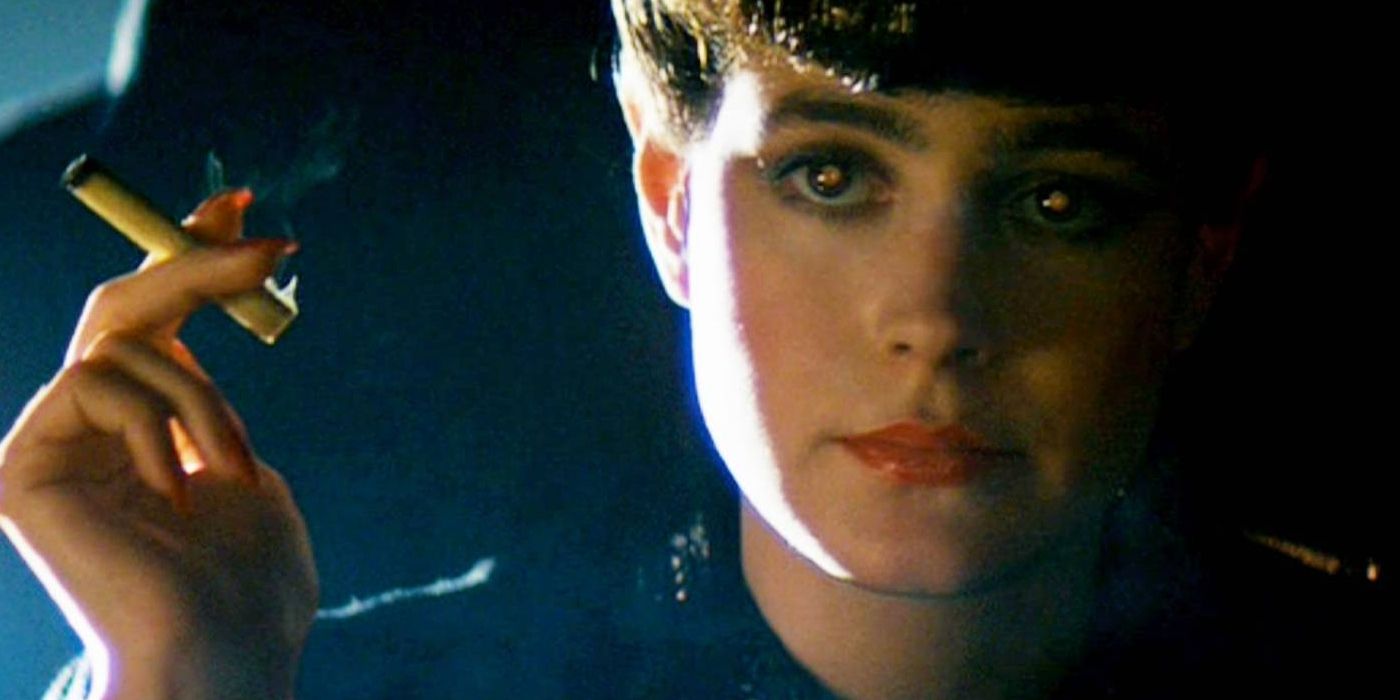
The so-called romantic subplot of Blade Runner isn’t very romantic at all – it’s uncomfortable to watch. Deckard’s love interest, Rachael, initially doesn’t realize she’s not a human being. When she learns the truth, she turns to Deckard for help. But instead of helping her, he takes advantage of her. He’s controlling and aggressive. He coerces her into kissing him and treats her like an object because he doesn’t believe replicants deserve the same rights as humans. It’s not easy to sit through this supposed love story on a rewatch.
4
Blade Runner Is A Classic Example Of Style Over Substance
It’s more memorable for its stunning visuals than its one-dimensional characters
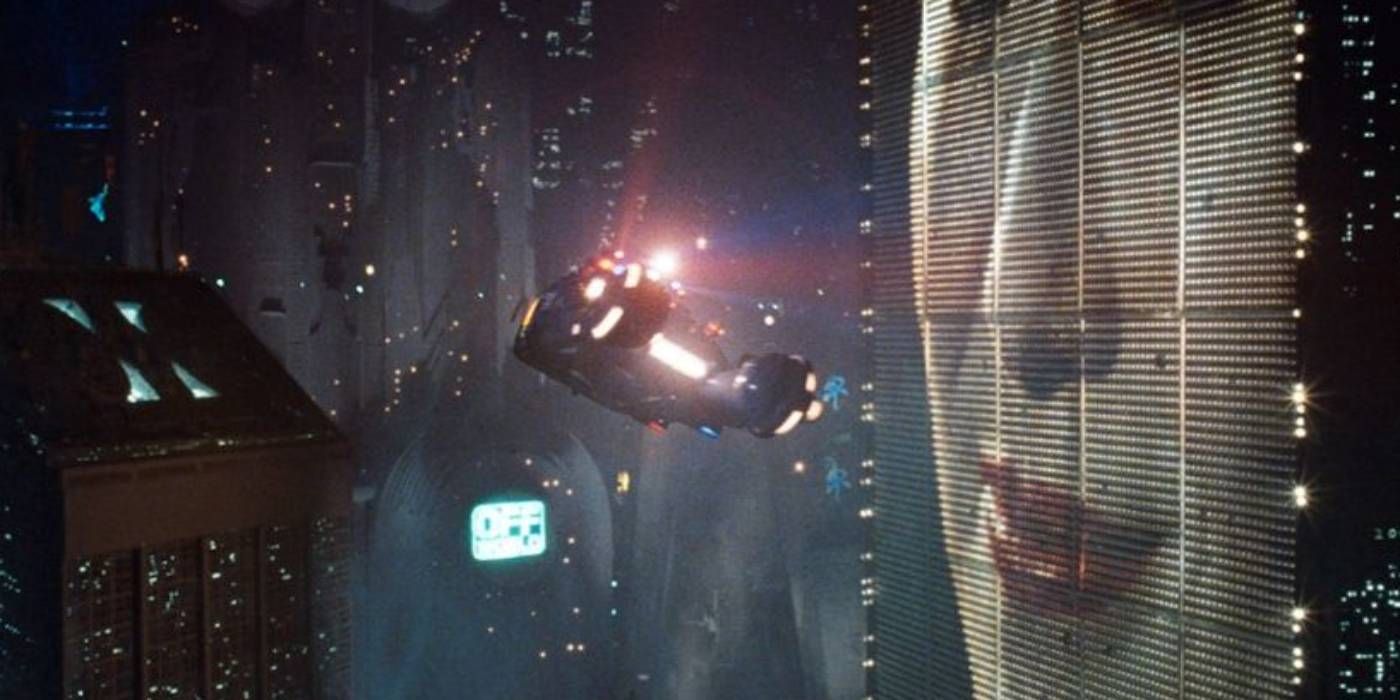
Like fellow neo-noirs Drive and Sin City, Blade Runner is a prime example of style over substance. With its sumptuous blend of a stunning vision of futuristic L.A. and the visual hallmarks of the film noir genre, Blade Runner oozes style. But its story and characters don’t have the emotional substance to match that style. For a movie about what it means to be human, Blade Runner doesn’t have much humanity.
3
There Are Too Many Versions Of Blade Runner To Choose From
Scott keeps recutting Blade Runner

When it comes to rewatching Blade Runner today, there are so many different versions of Blade Runner to choose from that audiences are spoilt for choice. The studio butchered the theatrical cut, so it made sense that Scott wanted to release a director’s cut, but then he just kept recutting the movie. There’s the workprint, the U.S. theatrical cut, the international theatrical cut, the TV broadcast version, the “Director’s Cut,” and the “Final Cut.” One of the toughest parts of rewatching Blade Runner today is simply choosing which version to put on.
2
Blade Runner’s Futuristic L.A. Lacks The Diversity Of The Real City
The futuristic Los Angeles of Blade Runner is populated with mostly white people
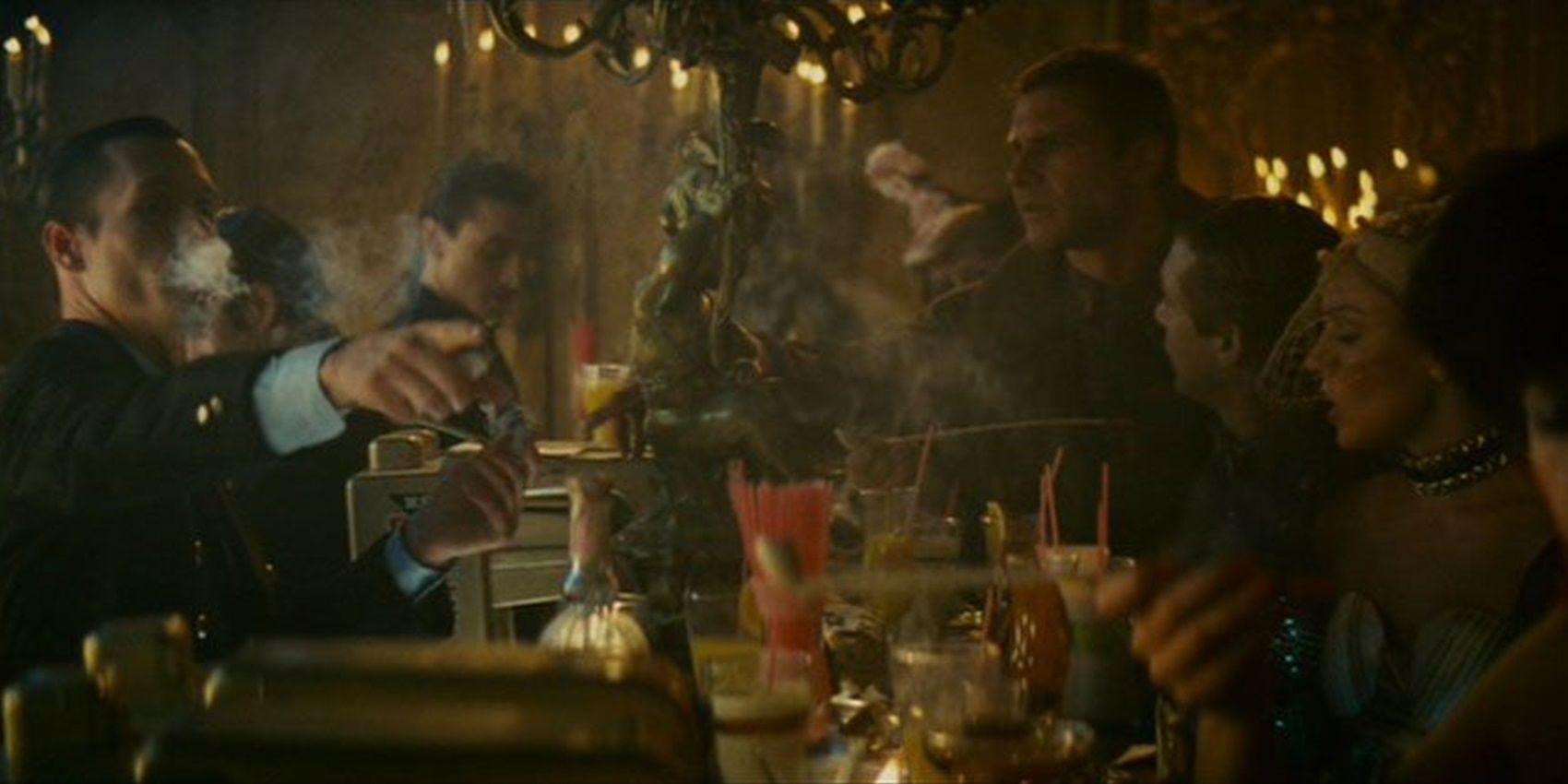
Los Angeles is one of the most diverse cities in the United States, and it’ll only get more diverse in the distant future. But the futuristic L.A. depicted in Blade Runner lacks the diversity of the real city. Blade Runner’s visual style borrows heavily from Asian culture, but there are very few people of color in the cast. This movie’s portrayal of 2019 Los Angeles includes flying cars and robot-hunting cops, but the least realistic part of Blade Runner’s depiction of the city is its predominantly white population.
1
Blade Runner Has A Really Bleak, Depressing Tone
Blade Runner isn’t the most uplifting watch
The main thing that makes Blade Runner tough to revisit is its bleak, depressing tone. It’s a beautiful movie, but its exploration of the dangers of sentient A.I. and the fallacy of humanity’s innate goodness makes it a difficult watch. It’s much easier to revisit the uplifting, heartfelt sci-fi classic that beat Blade Runner at the box office, Steven Spielberg’s coming-of-age fantasy E.T. the Extra-Terrestrial, than Blade Runner itself.
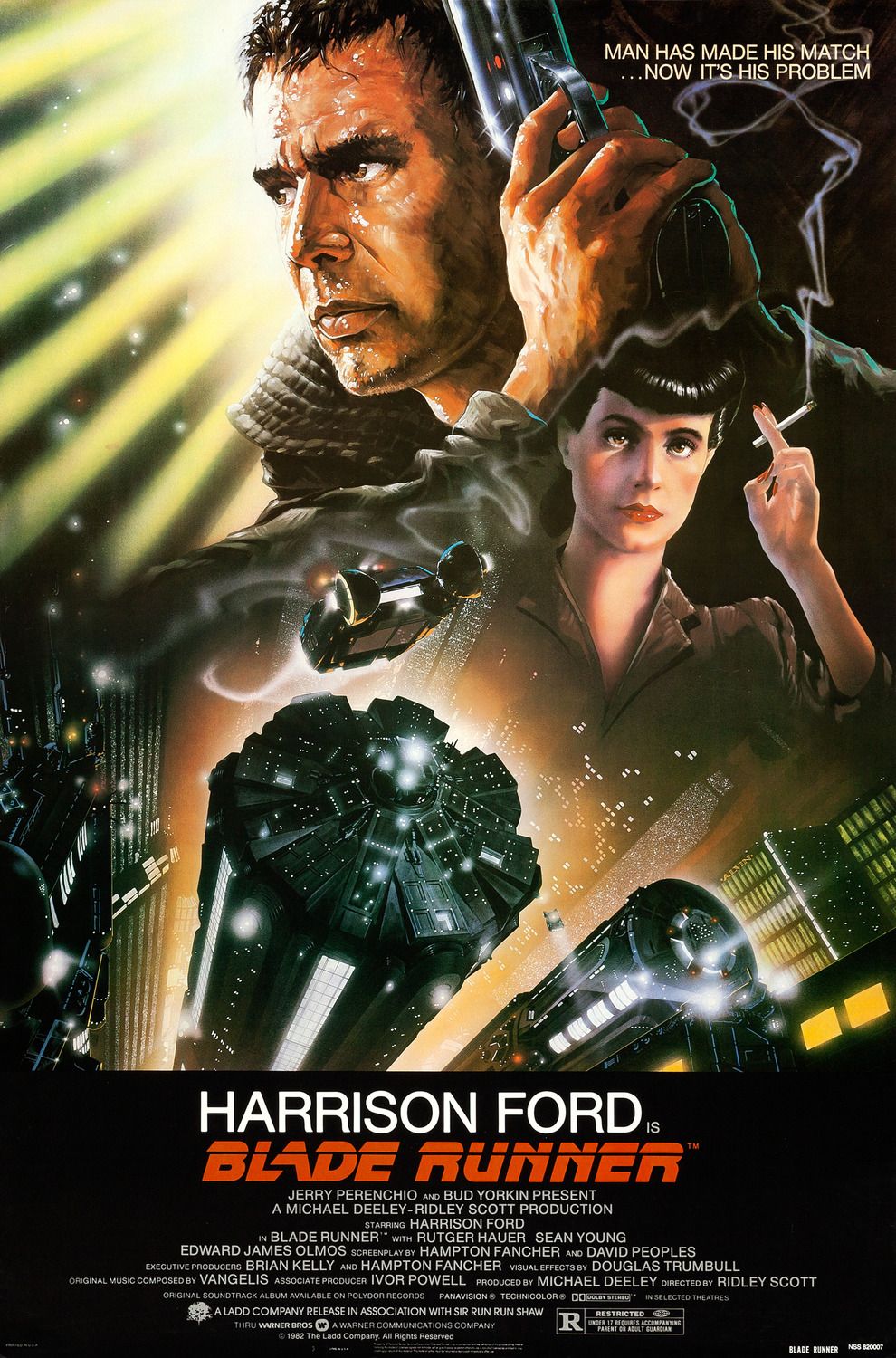
Blade Runner
The original Blade Runner is a sci-fi neo-noir film set in 2019 in a dystopian cyber-punk society. Harrison Ford stars as Rick Deckard as a Blade Runner for the LAPD, tasked with hunting rogue replicants, genetically engineered humans designed to tackle tasks that human beings cannot. When four replicants go rogue and begin killing humans, Deckard is forced out of retirement to hunt them down and stop them – but the truth isn’t as simple as it seems. Deckard will have to reckon with the philosophical dilemma of what makes someone human.
- Director
-
Ridley Scott
- Cast
-
Harrison Ford
, Rutger Hauer
, Sean Young
, Edward James Olmos
, M. Emmet Walsh
, Daryl Hannah
, William Sanderson
, Joe Turkel
